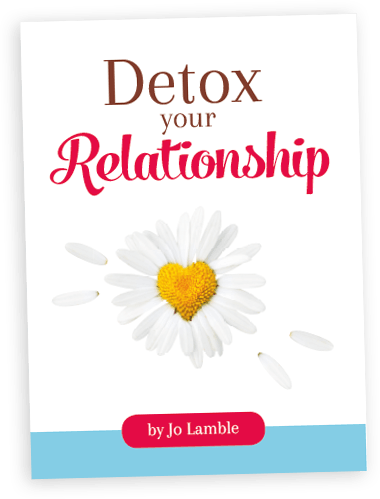 Most adults are feeling overwhelmed by the devastation experienced so far in 2011 – floods in Queensland and Victoria, the earthquake in Christchurch and now the massive earthquake and tsunami in Japan. Many people are commenting that they are feeling desensitised to the horrific images that appear daily on television, on the Internet, and in the papers. It’s as if what they are seeing is not real – it’s a clip from a disaster movie.
Most adults are feeling overwhelmed by the devastation experienced so far in 2011 – floods in Queensland and Victoria, the earthquake in Christchurch and now the massive earthquake and tsunami in Japan. Many people are commenting that they are feeling desensitised to the horrific images that appear daily on television, on the Internet, and in the papers. It’s as if what they are seeing is not real – it’s a clip from a disaster movie.
Obviously children living in the affected areas need careful monitoring and constant support. But even children in non-affected areas can fear for their own lives and their own homes when they see these images of whole towns being washed away. We can do our best to shield young children from the haunting images, but we need to be aware of the signs that they may be distressed and know how to help them.
Signs that they might be feeling the impact
- Becoming clingy or withdrawn
- Changes in appetite or sleep patterns
- Refusing to go to school
- Unexplained tummy aches or headaches
- Increased anxiety or anger
Most children will want to know if they are in any danger – Will this happen here? We need to answer our children’s questions in an age-appropriate manner. Never dismiss a child’s worry by saying that they are perfectly safe. Use the opportunity to reassure them that their safety will always be your major concern. Tell them what you’d do if there was an earthquake or tsunami – where you’d go.
A child who is anxious about what’s happening in the world needs lots of love and attention and as far as possible, they need to stick to their normal routine. A normal routine is very reassuring. And finally, although parents need to limit the exposure to the devastating images, now is the perfect time to model compassion. We can’t let potential desensitisation to this series of disasters make us forget that there are still thousands of people affected by the floods and the Christchurch earthquake and millions of people affected in Japan and around the world.







